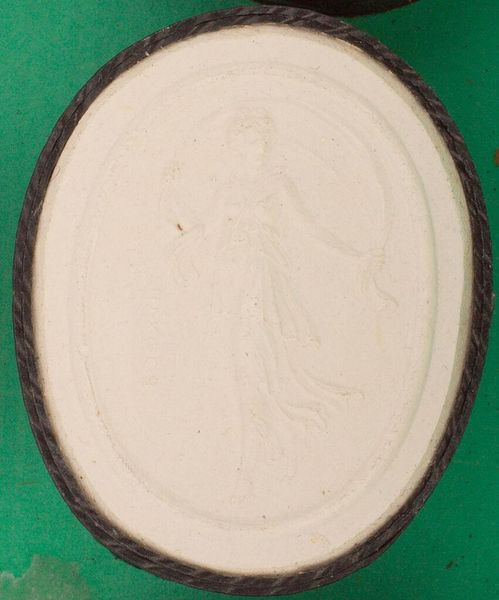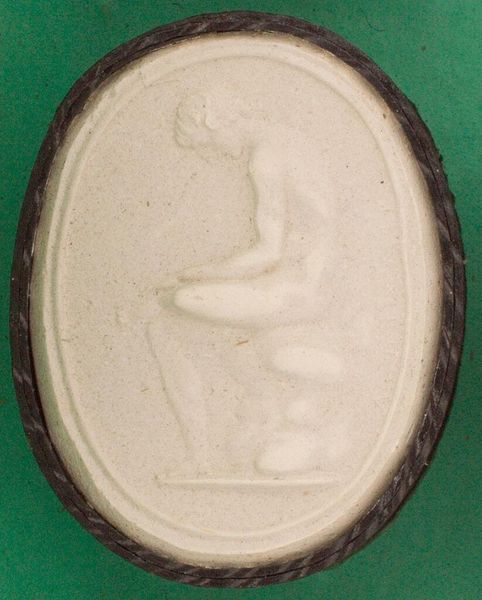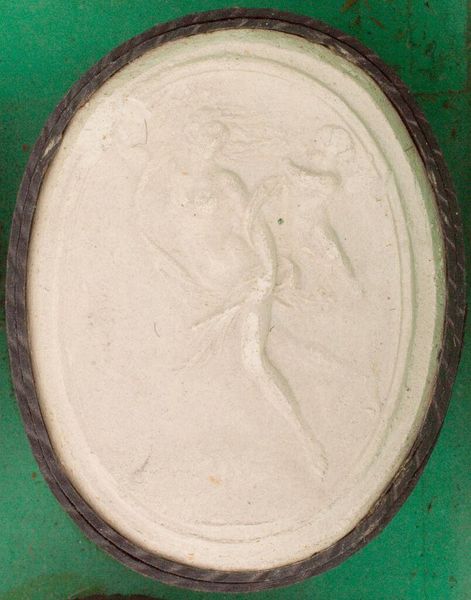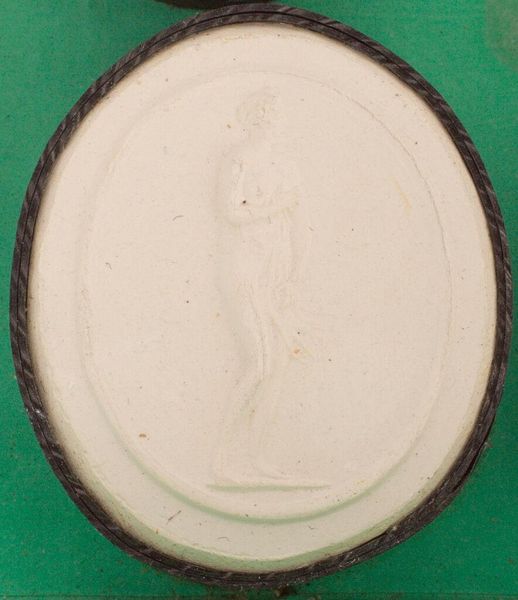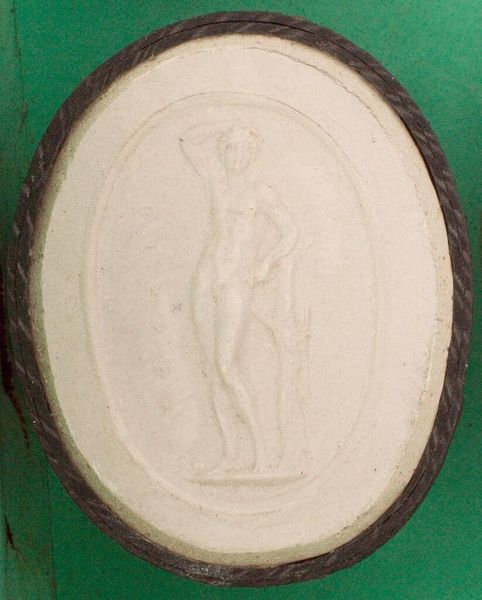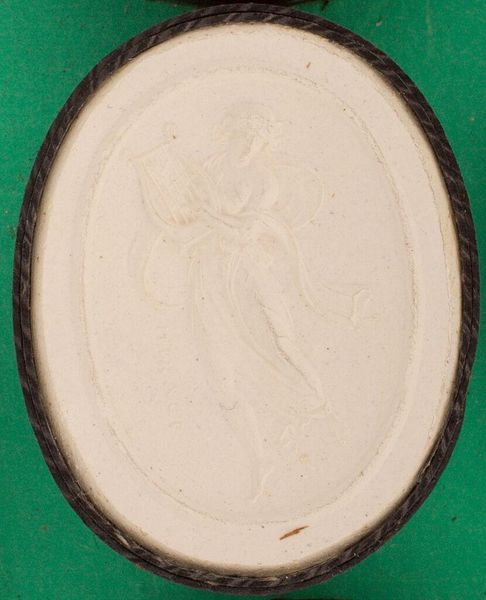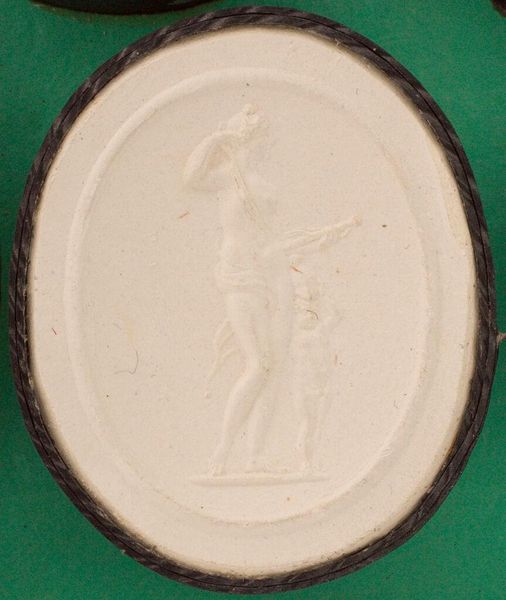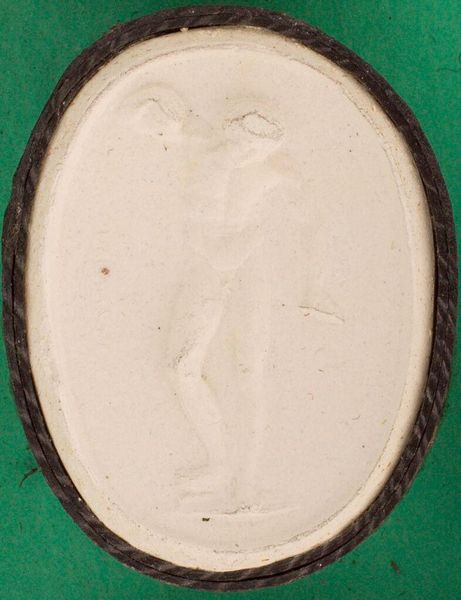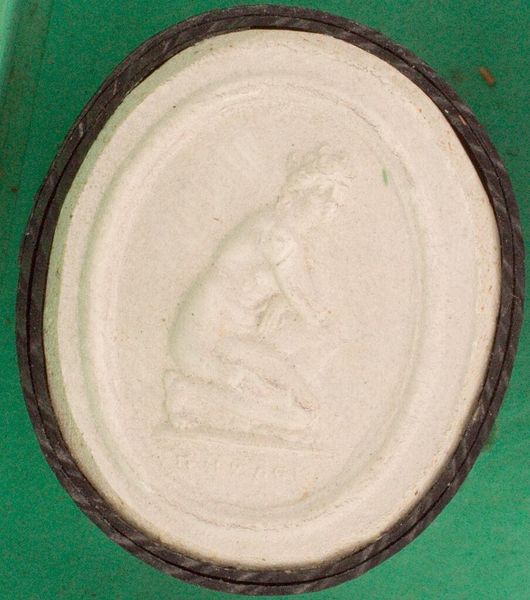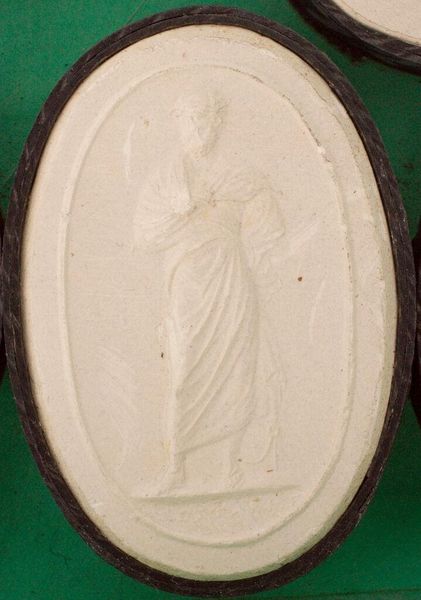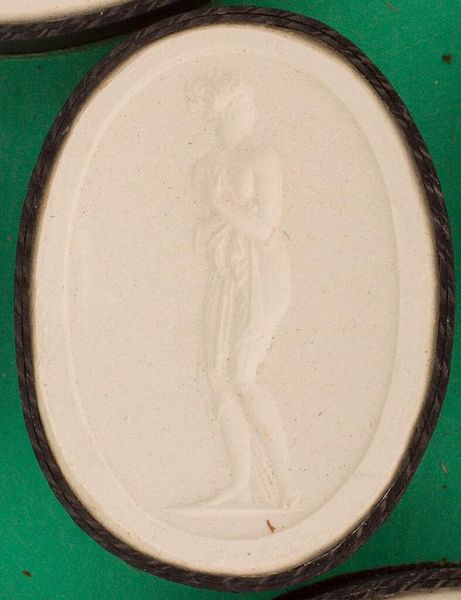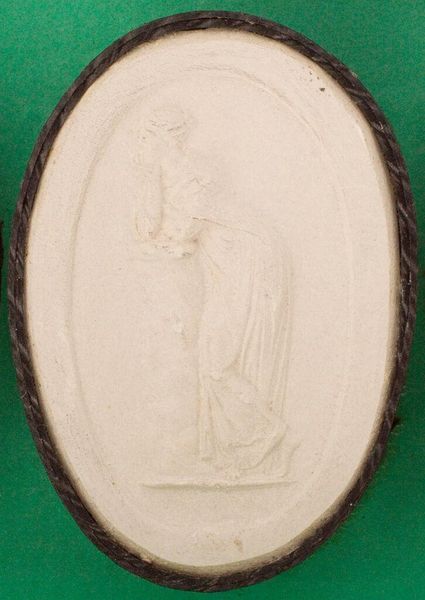
Dimensions: 3.1 x 2.3 x 1 cm (1 1/4 x 7/8 x 3/8 in.)
Copyright: CC0 1.0
Curator: Oh, this tiny thing? It feels so…ancient and ghostly. Like a forgotten dream pressed into stone. Editor: Indeed! What you're seeing is a small intaglio, titled "Minerva Medica, after antiquity," carved by the Pichler family. It’s housed here at the Harvard Art Museums. Curator: Pichler, huh? There's a whole dynasty, right? And Minerva, the goddess of medicine... it seems almost like a talisman. Was it meant to be worn? Editor: Exactly. Intaglios like this were often used as seals or set into rings. Consider its function as a marker of status and connection to classical ideals—a miniature monument to knowledge and healing circulating in society. Curator: I love thinking about what hands this passed through, who held this little world of meaning in their palm. It makes me feel connected to something bigger. Editor: It’s fascinating how these small objects carry such weight, reflecting larger historical narratives and intimate personal stories. Thanks for sharing your perspective. Curator: Thanks for illuminating it.
Comments
No comments
Be the first to comment and join the conversation on the ultimate creative platform.
